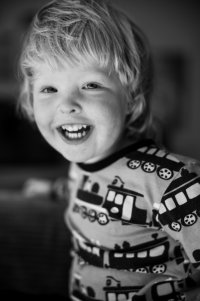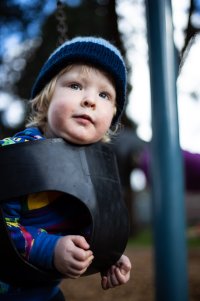OK, I can see your wanting both eyes to be the sharpest things in the picture, but I can't recall ever seeing a portrait that I though was decent when the nose didn't look sharp, and the ears at least tolerably so, and I'm somebody who has put a layer of nylon stocking under the enlarger lens. I can see, however, how eye autofocus can help ensure that the eyes are dead on sharp, so that is probably the best answer to my question that makes sense to me. I can't recall ever having taken a picture where the camera locked on to a face, but the eyes didn't look sharp.Steve, I think it's usually not that cut and dry since focus disappears gradually but you still want the eye to be the sharpest.
Jack
Also I guess it gets down to matters of taste and artistic sensibilities. I think portraits with backgrounds so out of focus that they call attention to themselves look gimmicky rather than artsy, and by now rather much a cliché. Most photographers apparently disagree with me.
Anyway, thank you, and others, for helping me see where you are coming from. I don't think I'm being purposely obtuse. I realize that different folks have different tastes, interests, and experiences, and I like having some insight into them.
Upvote
0


